26 September 2022
I keep reading about colorful straws served with beer. Haven’t been able to confirm this. No straw with beer because no beer. But did get a bright blue flex straw with my coffee latte this morning.
Today we are driven to the Tajikistan/Uzbekistan border. We were warned that it can be a difficult crossing as the “No man’s land” is long and you have to carry your luggage. Additionally, it is partial gravel, computers are really slow, it is very hot with no shade and we find miles of trucks waiting to cross. It all spells c.h.a.o.s.
Departing the bus, we walk to a Tajikistan Passport check at the gate, then experience a very long wait to be allowed into immigration where a man stamps my Passport and I proceed to the next gate check to enter “No man’s land” for a long trudge to the next gate. There are hundreds waiting, pushing and cutting line. More checks, a long, hot wait to get into immigration for a stamp and check of Visa, hot, slow, stamp, bag scanned, another gate check and 2 hours later we are back in Uzbekistan.
Think you’re having a bad day, try driving a truck across a border in the Stans.
I think 3-4 trucks and a car completed the crossing during our two hours at the border. There are hundreds more in line. And hundreds of people wait, many of whom do this every day as laborers. I notice a cemetery up the hill from immigration. For those who die waiting in line? Truly, a large group of vultures circle above. What are they trying to tell us?
We were lucky. A charming young Russian man helped us maintain our place in line and get to the door relatively unscathed. It also gave us time to determine the cause of some of the chaos. There are many young Russian men in line and most still have airport tags on their bags. The story we learned:
Five flights of Russians, mostly men ages 18-35, just flew into Khujand, Tajikistan before heading to the Uzbek border. These young men will be some of the last ones out as Russia is now closing its borders. Uzbekistan is demanding bak-shish to enter the country and prices are doubling and tripling. After an 1800$ flight to Central Asia airports (up from about 200$), Russians are faced with accommodations that once were 250$ but now are 1500$. Turkish Airlines, which controls access to much of the airspace, is heartlessly taking advantage. President of Turkey sides with Putin but takes the money. As a result, many borders have closed and men attempt to find refuge in the Caucuses and thousands of Russian refugees flood into Central Asia. It is getting much more serious here by the day; the borders are chaos and will only get worse.
Once beyond the chaos of the border, we ride our luxurious bus over a rough and undulating road toward Tashkent, or Stone City. Our guide fills the hours with information: there are over 150 ethnic groups in Uzbekistan, some that were brought here during WW2 (think Soviet gulags); the cotton is a important export as Russia uses it to make gunpowder; Uzbeks share borders with 5 other countries including Tajikistan, Kyrgyzstan, Afghanistan, Kazakhstan and Turkmenistan which means endless border chaos; and Tashkent was built to be a “second Moscow.”
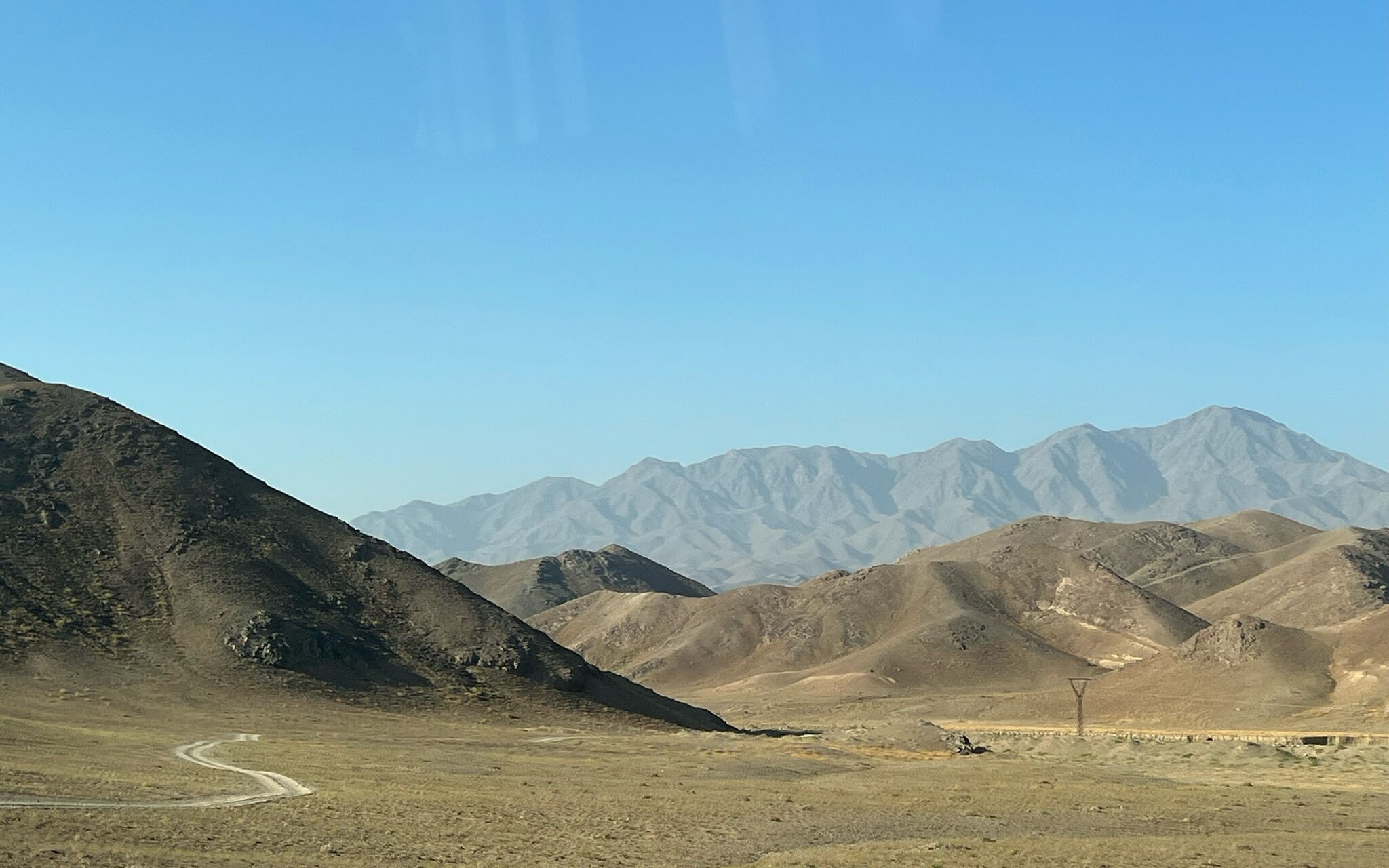
Fun facts about the fourth of my Stan visits: Uzbekistan is only one of two double landlocked countries of the world (tiny Liechtenstein). It is bordered by five additional landlocked countries, all Stans.
Over 84% of the populous is Uzbeks with a smattering of other ethnic groups, including about 5% Tajiks. Most, 88%, are Muslim with a small number of Christians and a few Zoroastrians. Uzbekistan is a sovereign, secular state with a supreme central government. However, most global organizations describe the government as “authoritarian with limited civil rights.” Uzbekistan also has a centuries old tradition of slave trade and maintains the second-highest rate of modern slavery in the world, according to the Global Slavery Index. Most of these forced laborers are in the cotton industry.
Uzbekistan’s second president since Independence from Russia in 1991, Mirziyoyev, is trying a new path which was described as “A Quiet Revolution and Revolution from Above.” He intends to abolish cotton slavery, systematic use of child labor, exit visas restricting free movement of its citizens, and to introduce tax reform. Relations with Tajikistan, Kyrgyzstan and Afghanistan are improving.
The GDP of Uzbekistan is modest at best, ranking 3rd in these Stans. With a population of over 32 million (largest in Central Asia), it also has the highest population density with 192 per square mile with the average laborer earning about 2.1 million UZS. Unfortunately, that fantastic stack of bills comes to about $250 a month. Most of the economy is based upon gold (4th largest deposits in the world), uranium, and a large reserve of oil and natural gas. A quarter of the population are employed in agriculture. Uzbekistan continues to reject any foreign investment and the International Monetary Fund is struggling with the country to provide better currency convertibility. (UZS are worthless outside the country). Uzbek is the only officially recognized language.
We stop at a bank to exchange money. At about 11,000 Soum per dollar, exchanging 20$ nets you a wad of bills an inch thick. Their 100,000 Soum bill is intimidating but is worth less than 10$.
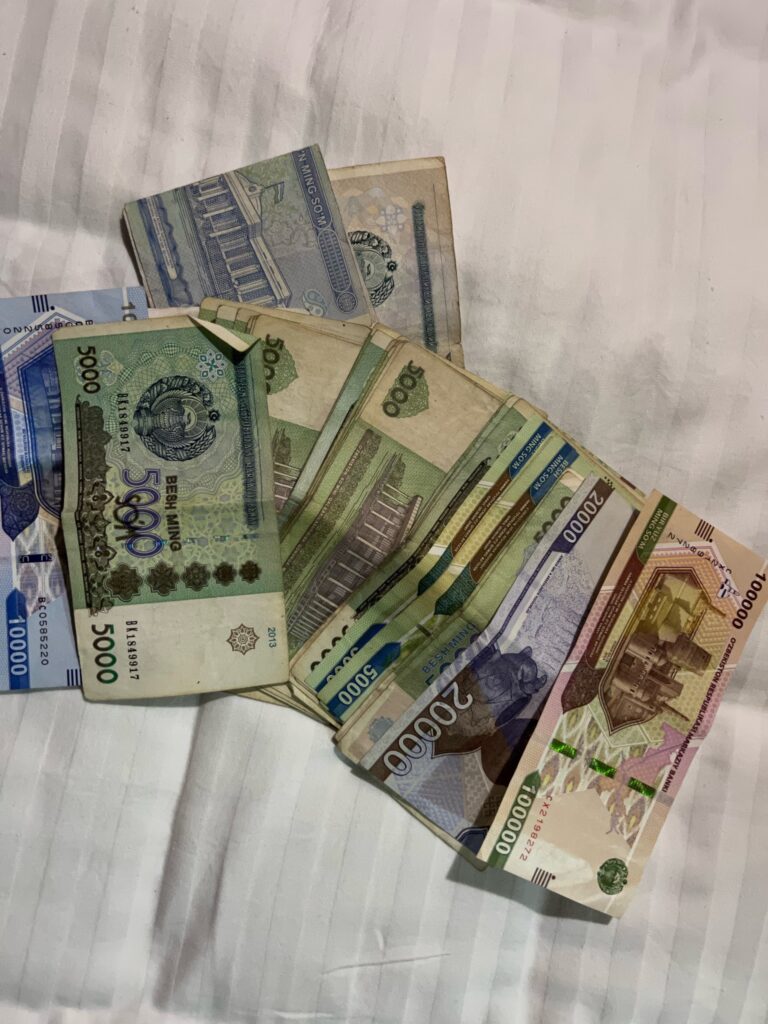
Geographically, Uzbekistan is similar to its neighbors. There is little precipitation and temperatures are the extremes of 104° to a low of -9°. Perhaps the most disastrous environmental occurrence has been the almost total desiccation of the Aral Sea. Once the fourth-largest inland sea on Earth, since the 1960s, the decade when the overuse of the Aral Sea water began thanks mostly to Soviet ingenuity or lack of, the sea has shrunk to about 10% of its former area with only the southern part of the narrow western lobe remaining in Uzbekistan. Satellite photos are alarming as to what happens to water sources, economies and lives when Man messes too much with nature.
But Uzbekistan’s history is rich. And Tashkent is an impressive city. The first recorded settlers were Eastern Iranian nomads, known as Scythians, who dominated these lands as early as the 8th century BC. The Muslim conquests in the 7th century converted the majority of people and during this period the ancient cities of Samarqand, Khiva and Bukhara began to reap the benefits of the Silk Road.
Alexander the Great passed through in 327 BC, Genghis Khan came in the 13th century with his Mongol Hoards who decimated local dynasties, followed by the Turkic peoples. By the 14th century, the warlord and empire builder Timur/Tamerlane established the Timurid Empire with his capital in Samarqand. Though some Khanates and the Russians came and went (1991 Independence), the effects of Tamerlane and his offspring remain. Timur reigned from 1370-1405 and he impacted everything from culture to architecture. Sadly, Timur was also known for his extreme brutality and his conquests were accompanied by genocidal massacres in the cities he occupied. His multi-ethnic armies are estimated to have killed upwards of 17 million people across Asia, Africa and Europe. Like all the great emperors and conquerors of Central Asia, he was a complex man.
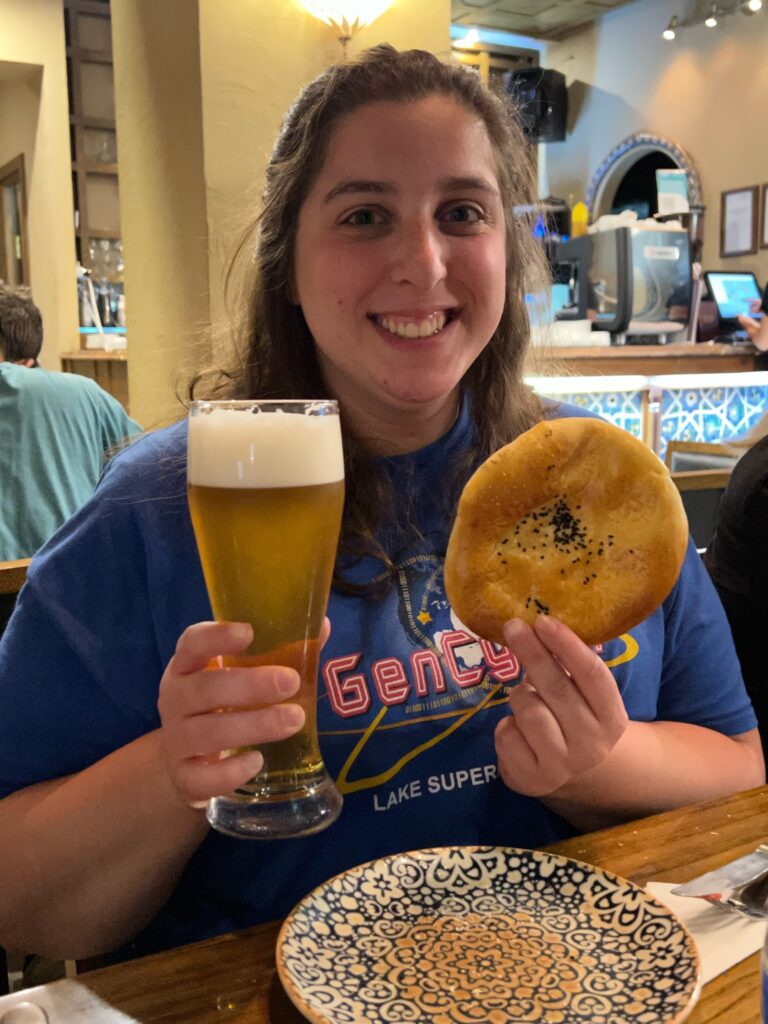
Tashkent is broad boulevards, high buildings, flashy architecture, Soviet practicality, cafes and restaurants, trees and gardens, lights and glitter. Stone City even has a Soviet inspired metro system. Our hotel, The City Palace, is indeed a grand palace. And dining, next to the Irish Pub which is celebrating Octoberfest, is a very pleasant surprise. For dinner, we have the national dish of Plov – a fried rice dish featuring yellow turnip and carrot with meat. But the best course was a tall, chilled glass of local Bamberg draft. No straw.
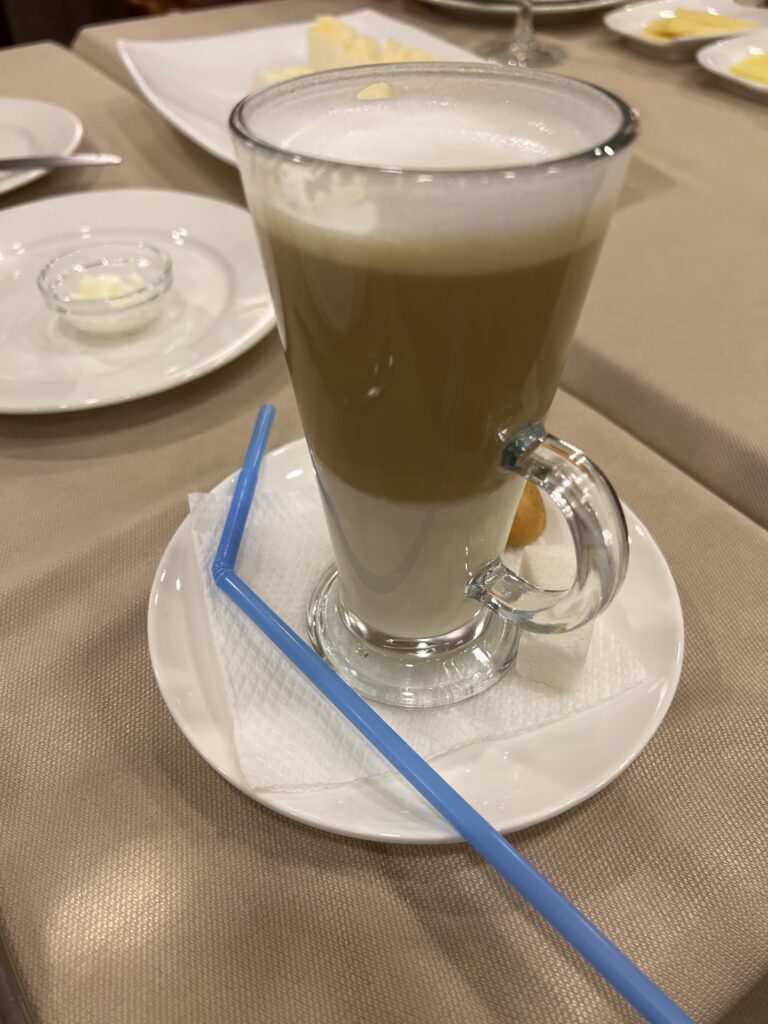
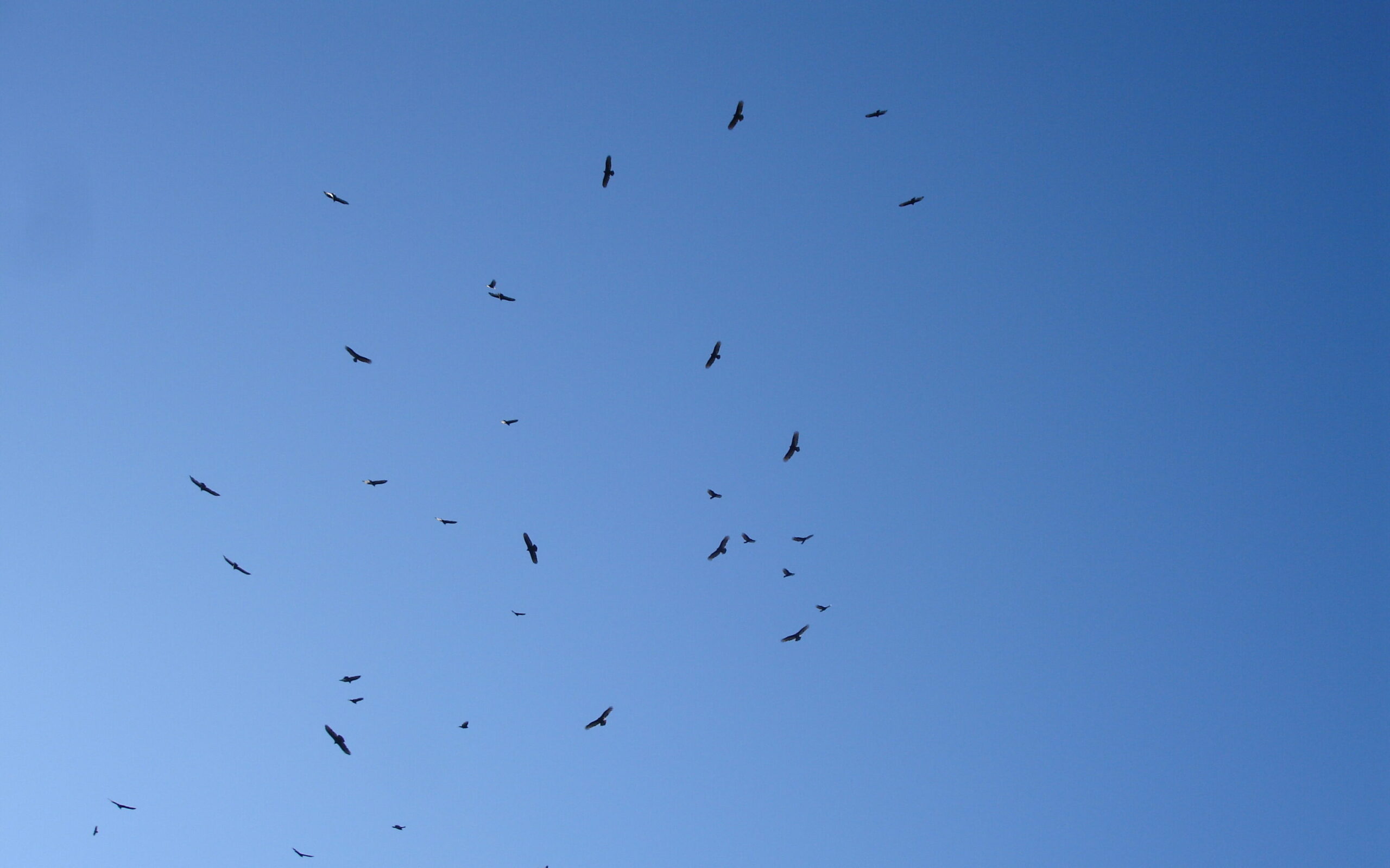
0 Comments